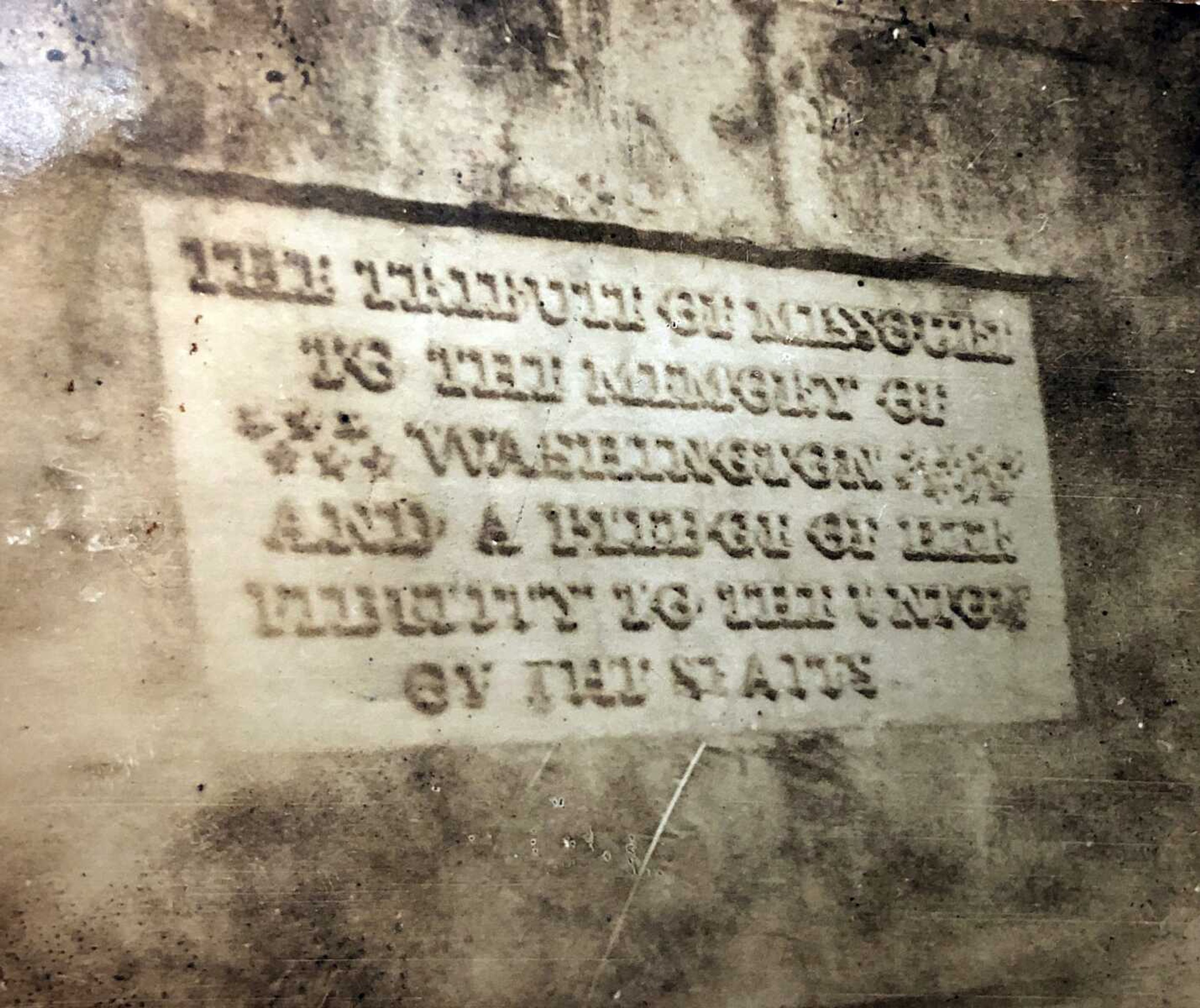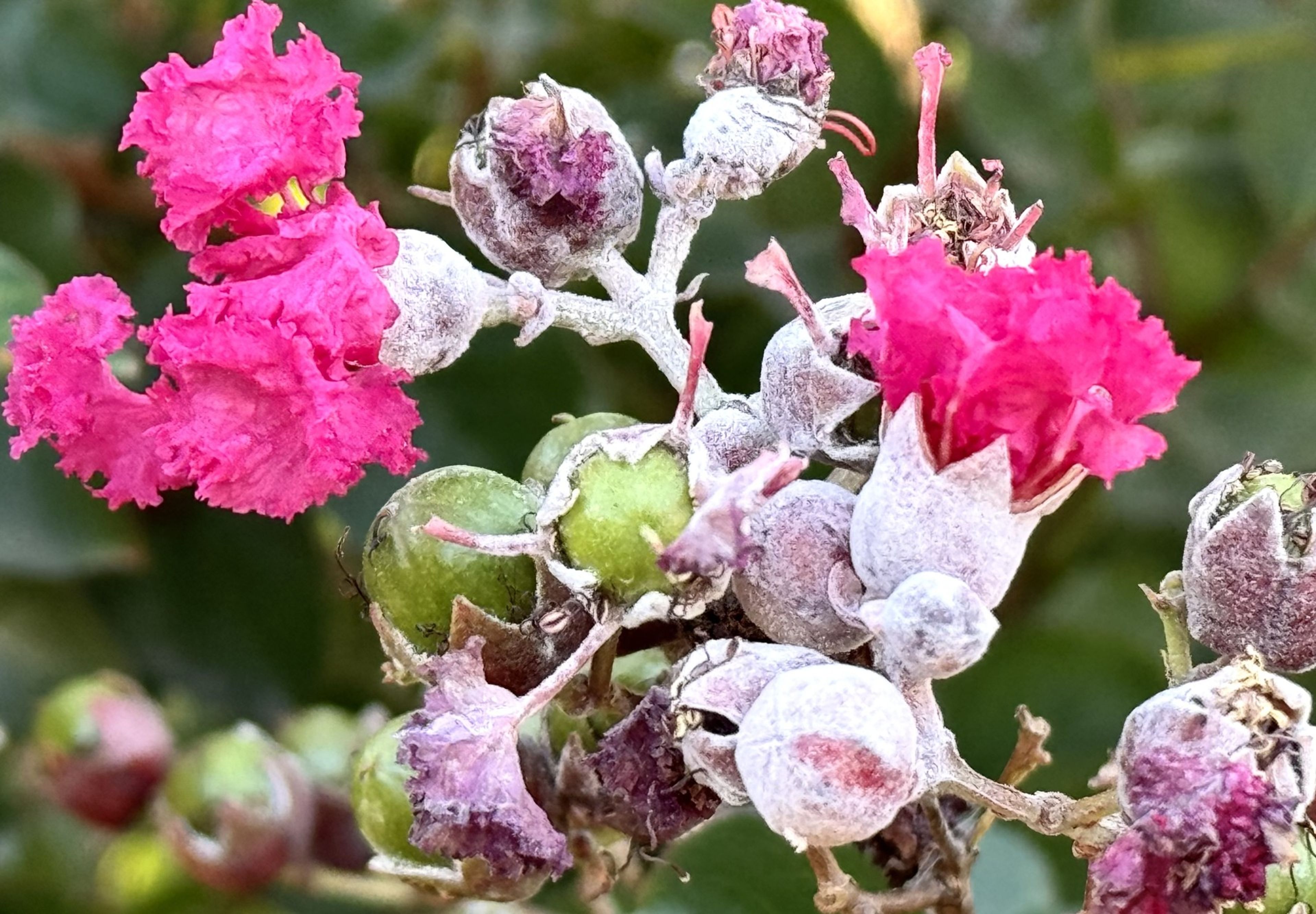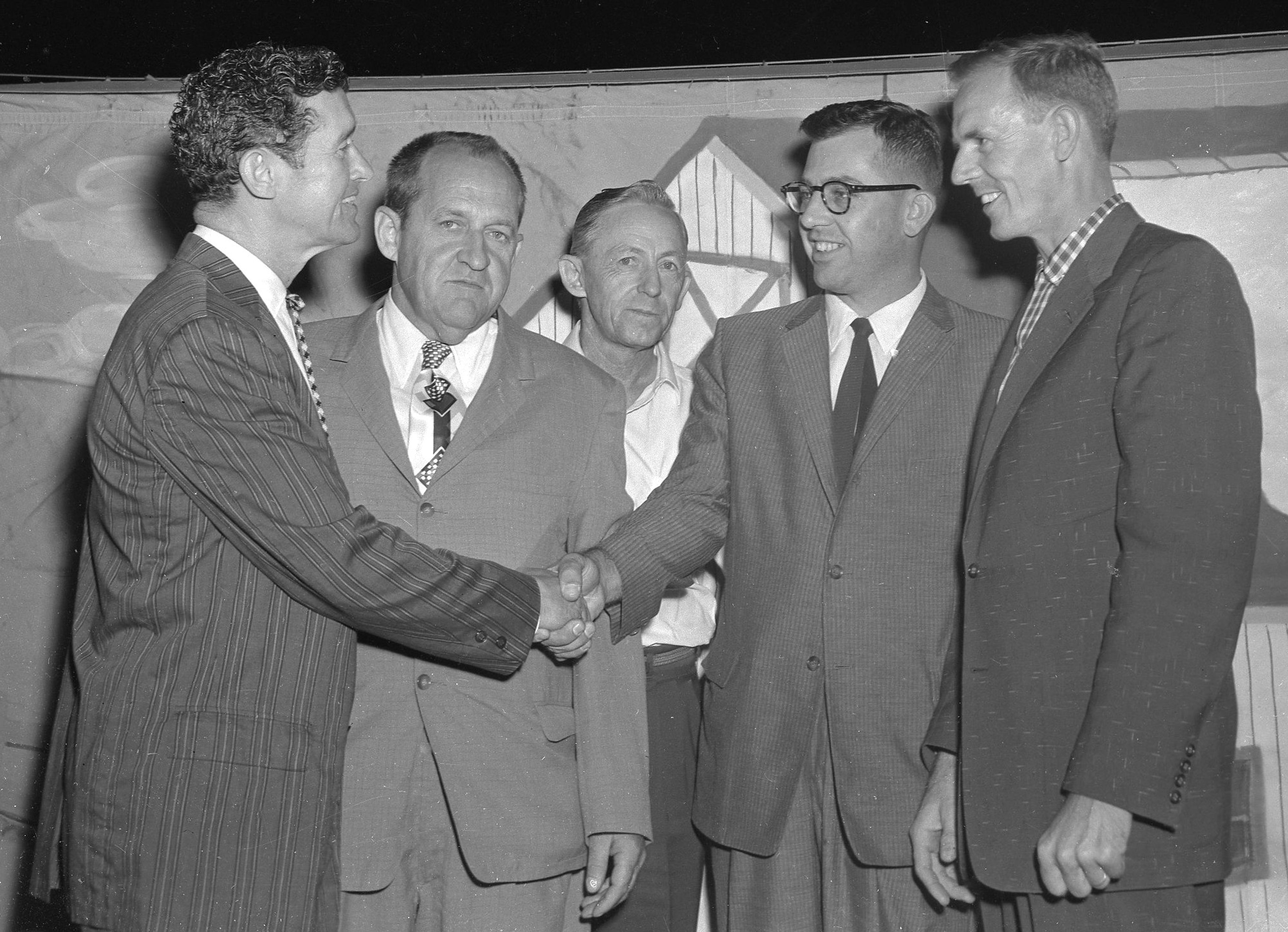Approximately 100 years ago, before Cape Girardeau became known as the City of Roses, it had the nickname of The Marble City. Besides the limestone deposits in the area, Cape Girardeau was known for its marble. A marble that was dense and 99% pure, making it a great source in buildings because it didn't lose its bright white color.
It appears the nickname was very popular due to its various uses. Before the Civil War, an active militia was organized known as the "Marble City Guards". There is a Marble City Heights neighborhood in Cape Girardeau, comprised of North Frederick, North Middle and North Fountain streets. A hotel sitting where the Buckner parking lot is on the corner of Main and Broadway was known as The Marble City Hotel. There was a Marble City Mill and a newspaper, The Marble City News.
The small manuscript collection of the Cape Girardeau County Historical Society has a press release prepared for the July 15, 1937, Southeast Missourian. It mentions a request from Floyd Shoemaker, secretary of the State Historical Society, to Willis Knox of Jackson inquiring about a stone from Cape Girardeau County used in the construction of the Washington Monument and the name "Koehle". It states the stone was cut from a quarry on North Henderson, possibly Louis Houck's quarry, where Houck Field House and Stadium are located. The press release goes on to say, the marble quarried in Cape Girardeau County was used in New Orleans at the state house and the steps on the east, west and south side of the Cape Girardeau County courthouse in Jackson. Its most famous use appears to have been in the Washington Monument.
The Missouri General Assembly passed legislation on March 3, 1851, ordering a marble stone be cut from the quarry to be set in the inside wall of the Washington Monument. It was set at the 90-foot level with the inscription, "The tribute of Missouri to the Memory of Washington and a pledge of her Fidelity to the Union of the States." The name "Koehle" is also inscribed on the stone. A local historian, the Rev. C.H. Morton, is listed as doing research on the stone and name. It is assumed Koehle was the stonecutter who cut and prepared the stone for shipment. The name "Koehle", an unfamiliar surname in Cape Girardeau County, was found by Morton near Chester, Illinois. The German surname means "coal." If the surname had the letter "R" at the end it would become "Koehler", a familiar German surname in the county, meaning "charcoal burner."
Construction on the Washington Monument began on July 4, 1848, and was suspended between 1854-1877, in part, for lack of funding and the Civil War. It resumed in 1879 and was completed in 1884, standing 555 feet.
The sincerity of Missouri's statement of "Fidelity to the Union of the States" -- not the stone -- began to crumble shortly after 1851 and by the end of the decade Missouri followed other states in seceding from the Union. In 1861 the country plunged into Civil War.









